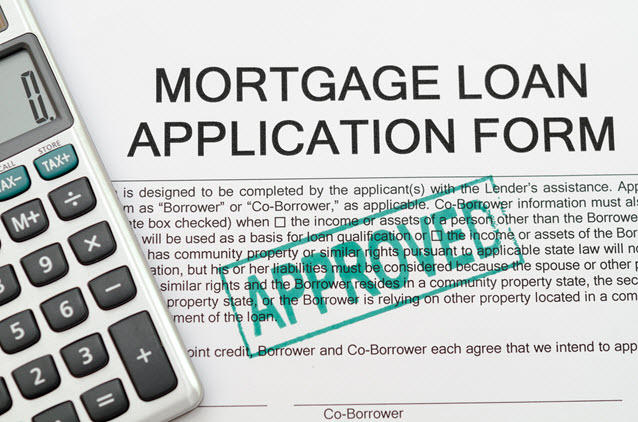
A loan that is secured by property or real estate is called a mortgage. In exchange for funds received by the homebuyer to buy property or a home, a lender gets the promise of that buyer to pay back the funds within a certain time frame for a certain cost. The mortgage is legally binding and secures the note in giving the lender the right to have legal claim against the borrower’s home if the borrower defaults on the terms of the note. Basically, the borrower has possession of the property or the home, but the lender is the one who owns it until it is completely paid off.
The mortgage is usually to be paid back in the form of monthly payments that consist of interest and a principle. The principal is repayment of the original amount borrowed, which reduces the balance. The interest, on the other hand, is the cost of borrowing the principal amount for the past month.
A monthly mortgage payment includes taxes, insurance, interest, and the principal. Taxes are remitted to local governments as a percentage of the value of the property. These tax amounts can vary based on where the borrower lives and are usually reassessed on an annual basis. The insurance payments go toward mortgage and hazard insurance. The property mortgage insurance (PMI) protects the lender from loss incurred if a borrower defaults, whereas hazard insurance protects both the borrower and the lender from property losses. The funds may be held in escrow or the lender may collect the taxes and the insurance. PMI typically is not required if you put 20% or more down on your home. As long as you are not behind on payments, PMI payments are automatically terminated when either you are at the midway point of your loan in time, or when the loan-to-value (LTV) reaches 78%. You can request cancelation when you LTV reaches 80%.
For your convenience here is a table showing current mortgage rates. You can change the home price, down payment amount, loan duration, or home location. Additional filters are in the "more options" dropdown.

The process of applying for a mortgage loan can be a stressful. The first thing a borrower should do before going to their bank is acquire a copy of their credit report and check it for errors. If there is any incorrect information, it needs to be disputed as outstanding issues can cause a mortgage application to be rejected or lead lenders to charge a higher rate of interest.

Check Your Credit Report & Credit Score For Free
Visit AnnualCreditReport.com for your report & Credit Karma for your score.
The borrower should know what type of home is desired, how much they qualify for and what their budget affords. Those constraints can determine the mortgage type and term.
The lender receives an appraisal of the property and this appraisal determines the market value of the home, which is used for collateral in the loan. The borrower is charged a fee for the appraisal service and is usually included in the closing costs.
When the mortgage application is complete, the borrower will be asked for a considerable amount of information. That is why the borrower should be prepared to give the lender the following information:
Once the application is completed, the lender will review the application and decide whether to deny or approve it. If approved, the last step in the process is the meeting in which documentation is completed and the deal is closed. If denied, the prospective borrower should talk to the lender in order to devise a plan and find out why the application was denied. By law, the prospective borrower should receive a disclosure statement from the lender in writing that states why the application was turned down.

The ability to pay is one of the primary decisions in considering a loan application for approval. All information regarding income and employment history must be submitted. This information includes:
The last step in the process of applying for a mortgage is the closing process. All parties sign the necessary papers and officially seal the deal. Ownership of property is transferred to the buyer, so the closing date makes for a great opportunity to make any necessary changes at the last minute. These procedures vary from state-to-state, but in most states the following people are present at the closing:
The borrower is required to sign a number of documents when closing. Below is a description of those documents:
The Federal Reserve has hinted they are likely to taper their bond buying program later this year. Lock in today's low rates and save on your loan.
Are you paying too much for your mortgage?
Check your refinance options with a trusted El Monte lender.
Answer a few questions below and connect with a lender who can help you refinance and save today!